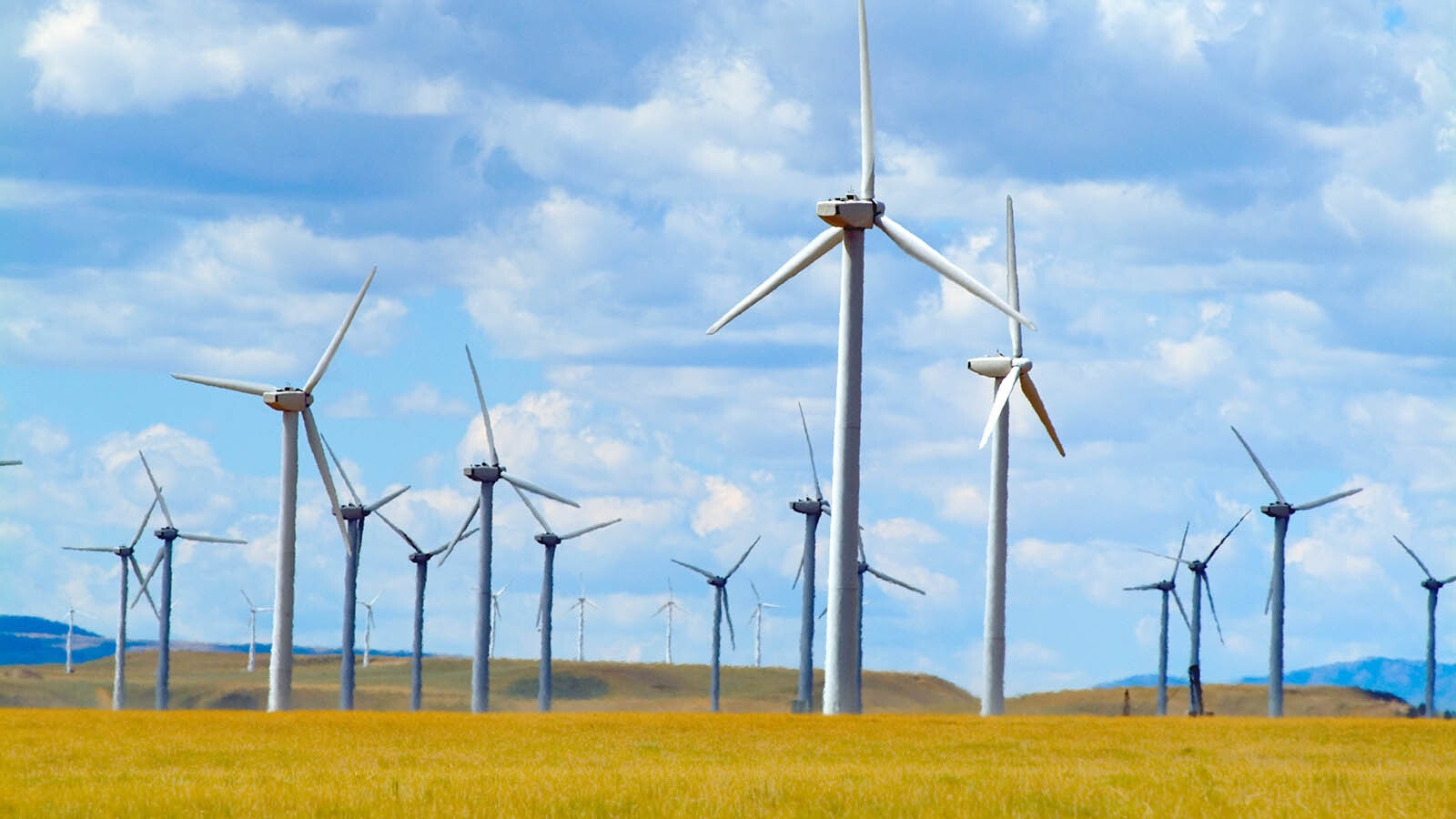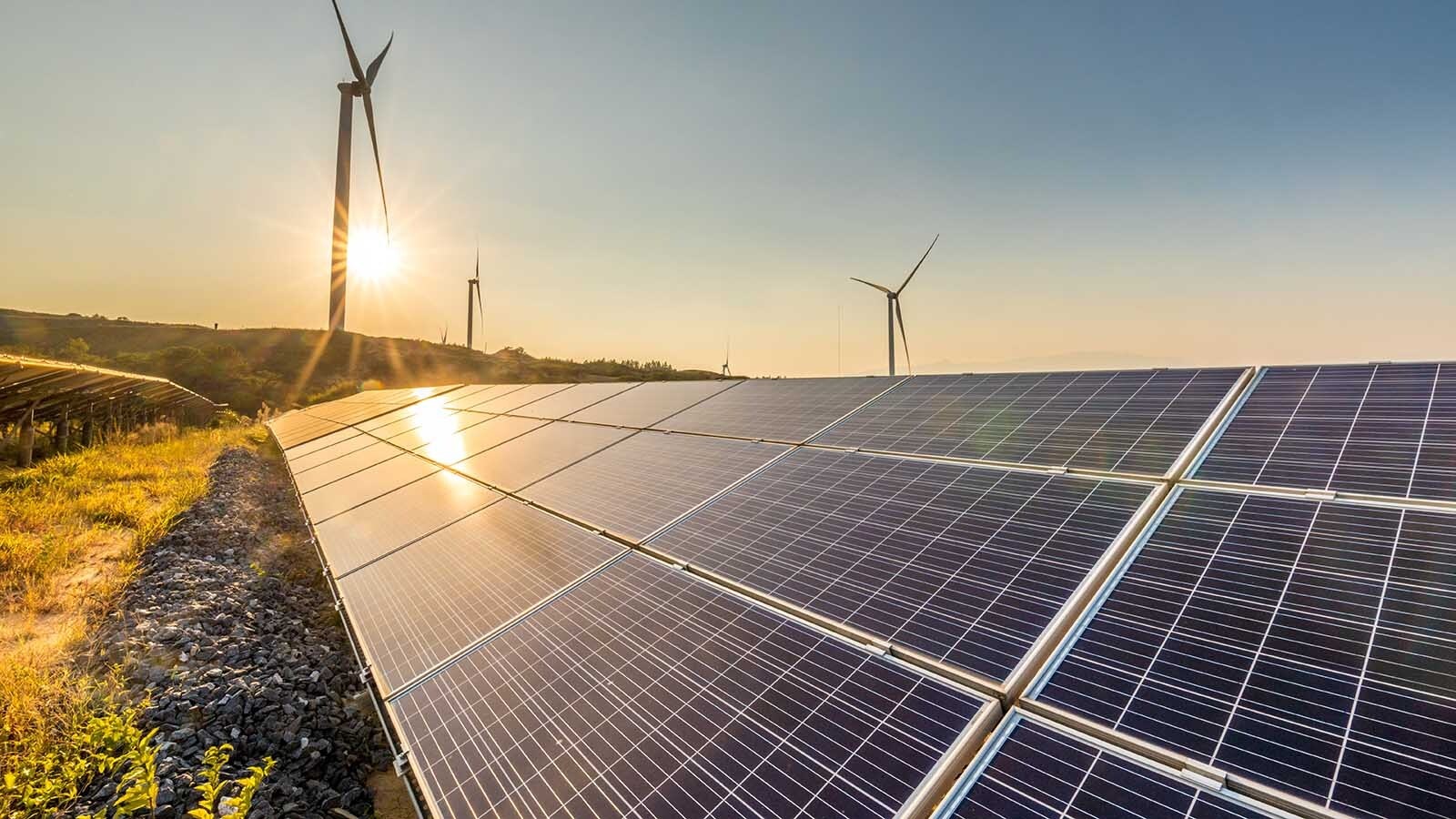PacifiCorp, which is the Berkshire Hathaway-backed parent of Wyoming’s Rocky Mountain Power electric utility, submitted a refreshed roadmap to several public utility regulators in the Western United States on Monday that updates how it plans to tap energy supplies over the next 20 years.
The planning horizon for PacifiCorp may offer a dose of cautious optimism for Wyoming’s coal-rich Powder River Basin, which has seen a steady decline in production of thermal coal over the last dozen or so years.
The region could get a bump from PacifiCorp’s new energy roadmap submitted to the Wyoming Public Service Commission and other state regulators that takes some of the heat off Wyoming’s coal sector.
This is because fossil-fuel-fired plants that had been getting handcuffed by a stronger push for alternative forms of generation from solar and wind sources have been given a respite from tough “ozone transport rules” pushed by the Biden administration’s U.S. Environmental Protection Agency (EPA), the utility said.
PacifiCorp’s updated plan, called an integrated resource plan (IRP), includes extensions to the “assumed operational life of certain thermal generating resources,” as well as adjustments to the company’s energy storage acquisition strategy, customer demand forecasts and general resource pricing updates.
“Our IRP update delivers customers significant near-term cost savings by avoiding accelerated closures and deferring portions of our previous resource acquisition plans while our longstanding commitment to ensuring reliable service to our customers will require continued investments in several areas,” said Rick Link, senior vice president of resource planning, in a statement.
'Significant Changes'
The update, which assesses “significant changes” in federal and state energy policies since May 2023, is part of PacifiCorp’s biennial resource planning process to acquire new electric generation and transmission resources to best serve customers.
Key changes in the IRP update are driven by less restrictive changes to a proposed “ozone transport rule” made by the EPA in 2022 that would have imposed tough operating criteria at two coal-fired plants in Emery, Utah — the Huntington and Hunter power plants.
In a worst-case scenario, the rule could have limited the number of hours of operation for the two plants, especially worrisome during summer months when more power is consumed.
The updated IRP shows that retirement of the Hunter plant was extended by at least a decade while the Huntington was given an additional four years.
The extended life for these two coal-fired plants is viewed as a good thing for reliability purposes of the electrical grid in the Western U.S., which factors in to the current stable of power plants in Wyoming.
The updated IRP treats Wyoming favorably. PacifiCorp had argued that the state be removed from the EPA’s proposed open transport rule.
By taking Wyoming out of the equation, as well as imposing less stringent operating rules on the two plants in Utah, some of the pressure was taken off renewables in the near-term to pick up the power slack.
“We have changed our modeling runs to update the IRP, so while we are still investing briskly in wind and solar, and will have plenty in the future, not as much is needed in the early years and our investments were pushed out to the later years,” a PacifiCorp spokesman said.
The open transport rule is part of a policy statement articulated by the Biden administration’s EPA that maintains nitrogen oxide depletes the earth’s ozone layer and accelerates climate change. The EPA had pushed to lower nitrogen oxide sources in the Western United States — including for Colorado, Utah and Wyoming — by accelerating the closing down of coal-fired plants by adding more wind and solar sources to the energy grid as a replacement.
In the case of the four-unit Jim Bridger power plant in southwestern Wyoming, the retirement of units three and four were pushed to 2039 in the updated IRP versus the IRP document issued last year when the thinking was that they’d be shut down in 2037 after conversion to a gas burning operation in 2030.
Going Nuclear
In the updated IRP, the utility indicated that those coal-fired units now would be retrofitted with carbon capture technology in 2028, extending their life by two years.
The plant’s units 1 and 2 are still on schedule for conversion to natural gas this year.
In October 2022, PacifiCorp and Bill Gates-backed TerraPower LLC, which on March 29 filed for a construction permit to build its Natrium nuclear demonstration plant in Kemmerer, announced plans to evaluate the feasibility of adding up to five additional reactors in PacifiCorp’s service territory by 2035.
For the current reactor, PacifiCorp hopes to add 500-megawatts of power to the grid by 2030.
However, in the IRP update, there is no mention of specific numbers of advanced nuclear plants required beyond 2030 in PacifiCorp’s service territory. The update emphasizes a “preferred portfolio” of “new nuclear capacity” needed from 2032 through 2042.
Although advanced nuclear resources beyond the single TerraPower demonstration plant are not discussed in this update, “PacifiCorp is continually updating advanced nuclear resource cost estimates as they become available,” the company said.
“They’ll be modeled in future IRPs,” the spokesman said.
Over the next two decades, the updated IRP continues to show a need for huge power requirements as demand grows significantly.
These include the addition of 9,818 megawatts of new wind resources; 4,016 megawatts of storage resources like batteries; 3,763 megawatts of new solar resources, paired with battery storage; 4,326 megawatts of capacity saved through energy efficiency programs; 1,123 megawatts of power saved by balancing the demand on power grids by encouraging customers to shift electricity demand to times when electricity is more plentiful; and 5,385 of megawatts from natural gas resources.
Pat Maio can be reached at pat@cowboystatedaily.com.





